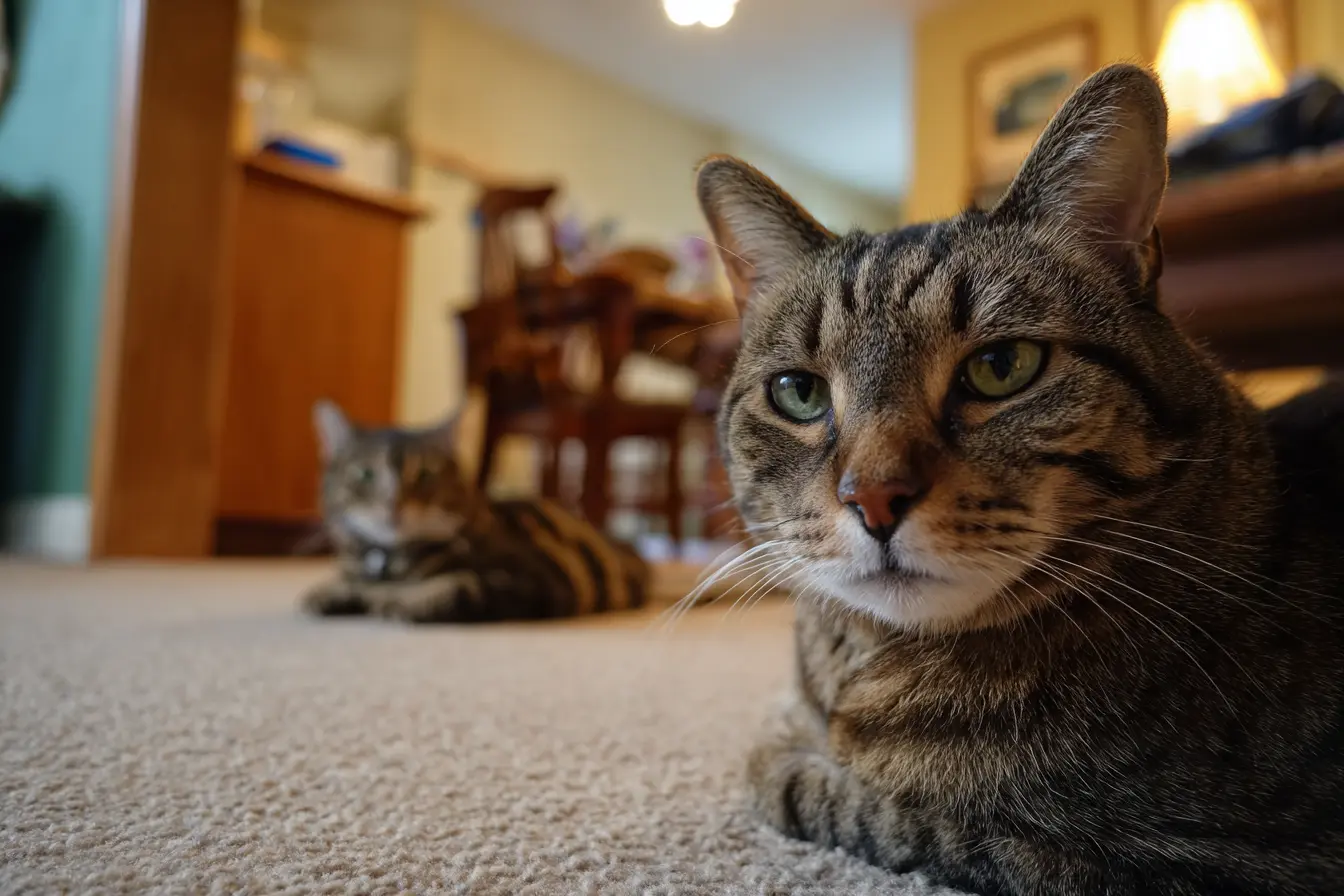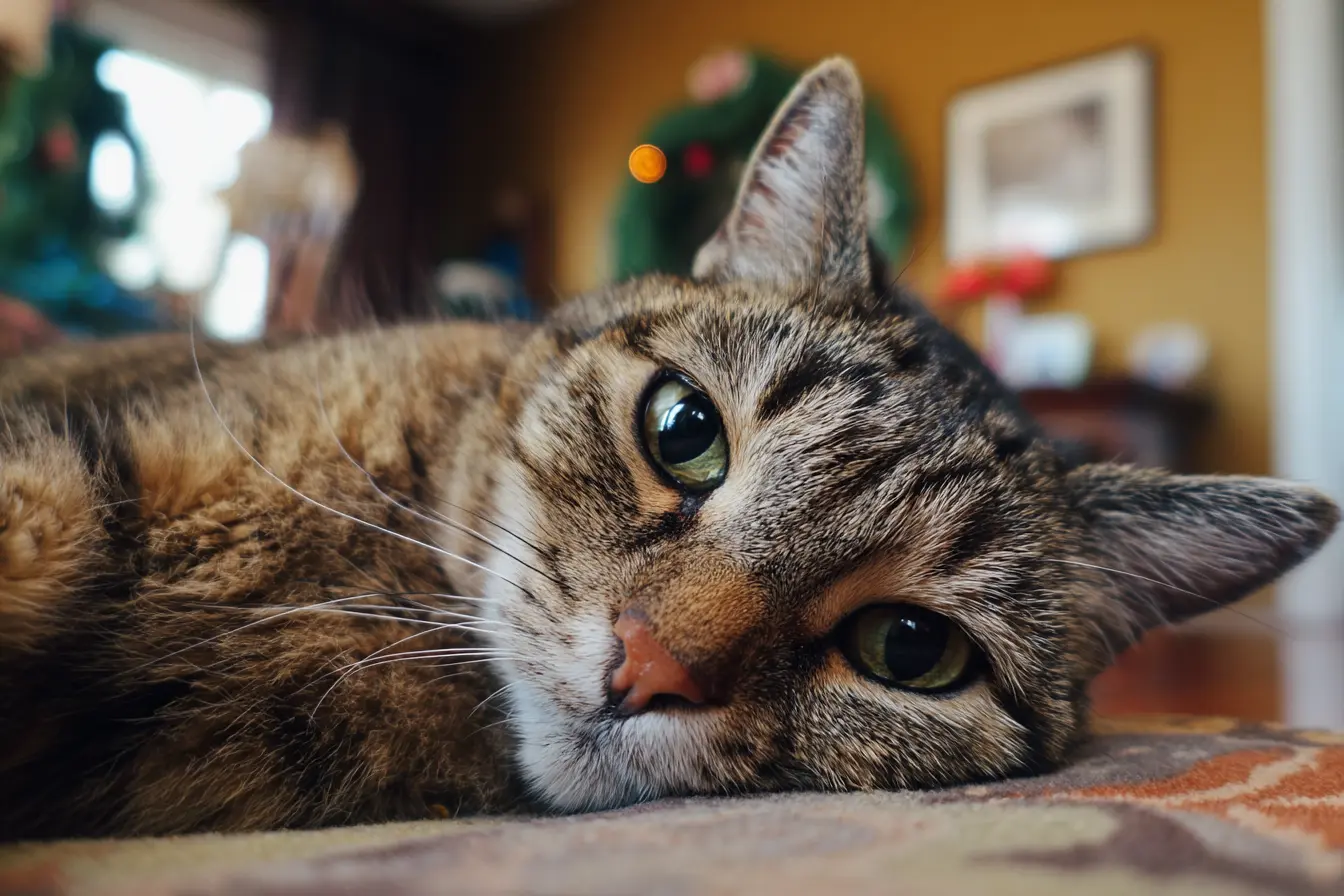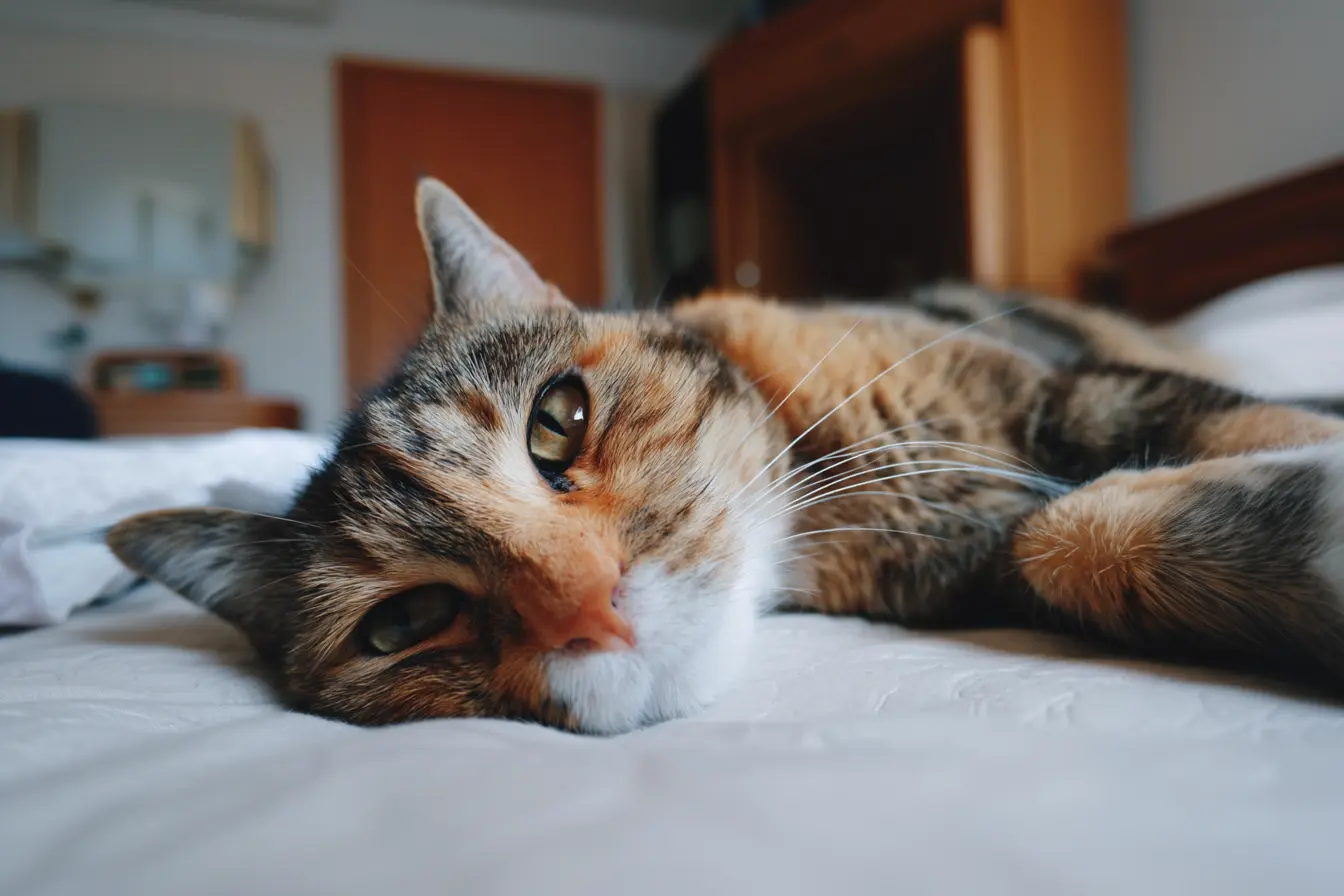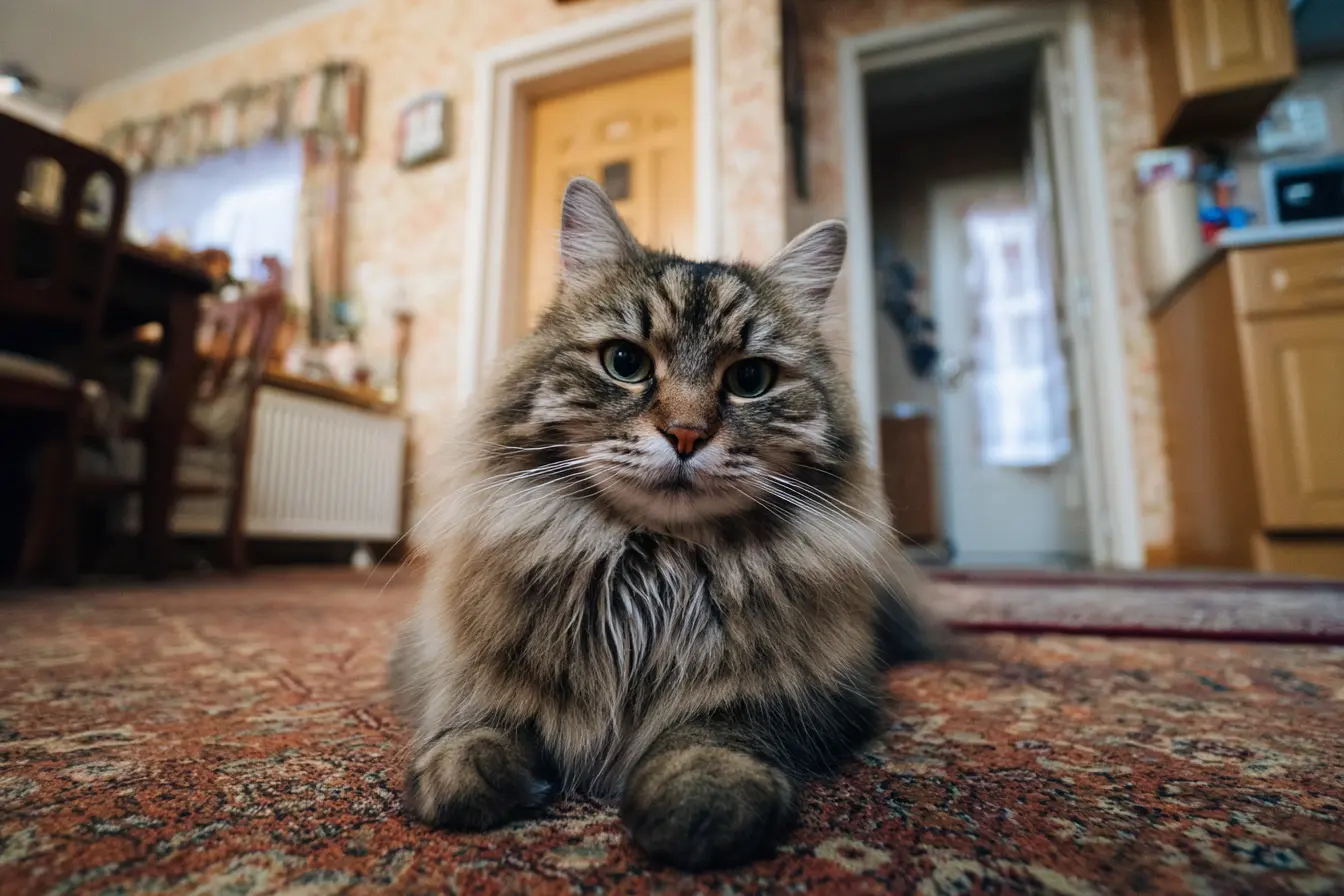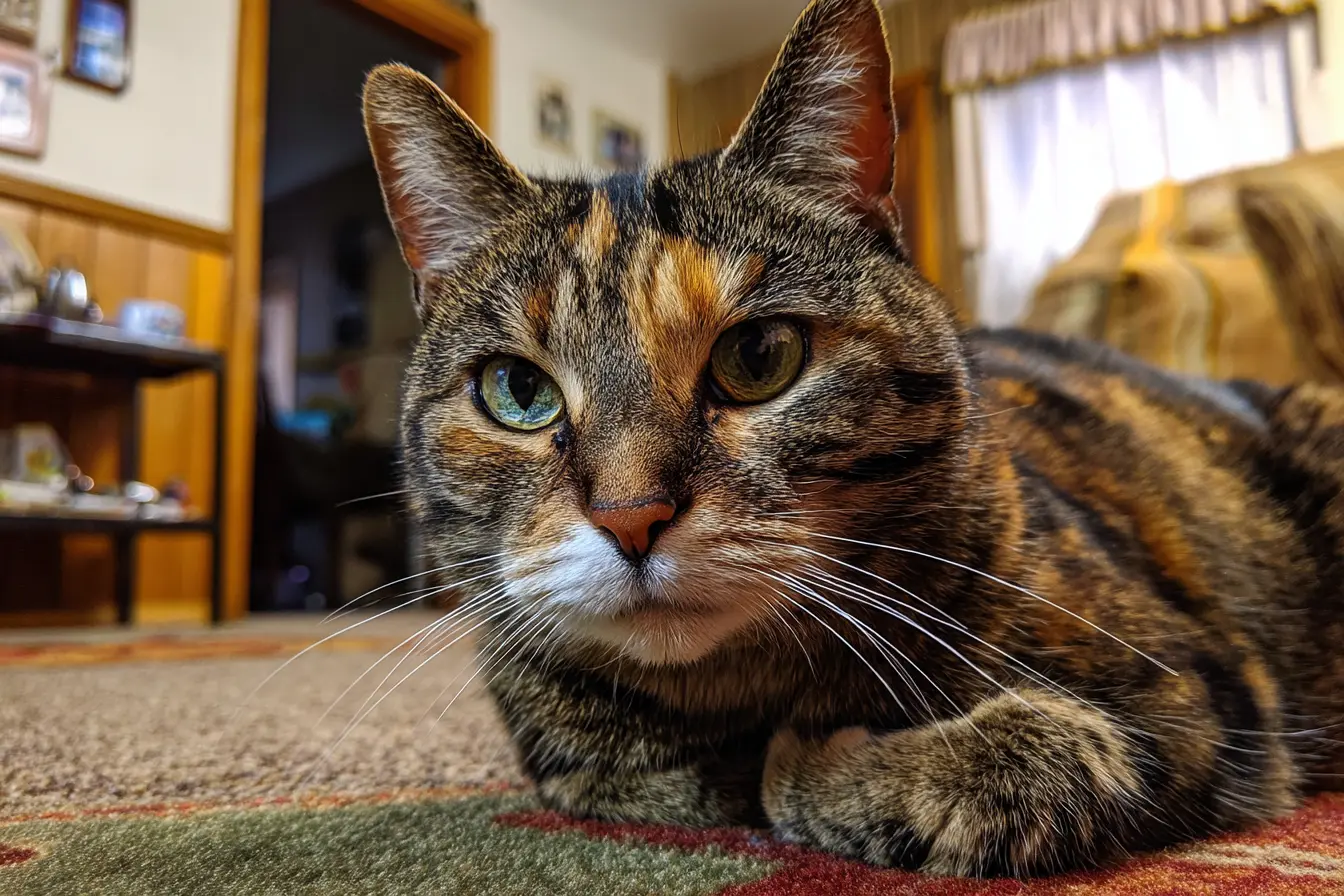
How to transition an outdoor cat to life as an indoor cat
Transitioning a cat from an outdoor to an indoor lifestyle can be a significant change, both for the cat and the owner. Whether you’re moving to a flat, concerned about safety, or simply want to give your cat a longer, healthier life, it is entirely possible to help an outdoor cat adjust to being indoors. With patience, planning and the right approach, most cats can thrive in an indoor environment.
This guide offers practical steps and advice on how to make the transition as smooth and stress-free as possible.
Why make the change
Outdoor cats face many risks, including road traffic, disease, injury, parasites, theft and territorial fights with other animals. By bringing your cat indoors, you can greatly reduce these dangers and potentially extend their lifespan.
Indoor cats tend to be healthier, safer and often develop closer bonds with their humans. While outdoor life provides stimulation and freedom, these needs can still be met indoors with the right environment and routine.
Preparing for the transition
Before beginning the transition, make sure your home is a welcoming and stimulating place for your cat. Create an environment that encourages exploration, rest, play and safety.
Key items to have ready include:
- Comfortable bedding and hiding places
- Scratching posts and climbing structures
- Litter trays placed in quiet, accessible areas
- Food and water stations
- Toys and interactive play options
- A perch near a window for entertainment and daylight
Start by letting your cat explore your indoor space gradually, keeping doors and windows secure.
Take it slowly
If your cat has spent most of its life outdoors, the transition should be made gradually. Begin by increasing the amount of time they spend indoors each day. For example:
- Bring them inside during mealtimes and allow them to stay longer afterward
- Increase indoor play to build positive associations with the space
- Slowly reduce the amount of time they spend outside
If your cat shows signs of distress, move at a slower pace. Some cats adapt quickly, while others need several weeks or even months.
Provide routine and predictability
Outdoor cats are used to controlling their own time and territory. Indoors, they benefit from a consistent routine. Feed your cat at regular times and include daily play sessions to create structure.
Establishing routine helps your cat feel secure and reduces anxiety. Make sure their new environment includes familiar items such as blankets or toys that carry their scent.
Offer mental and physical stimulation
Outdoor cats are used to exploring, hunting and observing the world. Indoors, they need plenty of enrichment to stay happy and healthy. Try the following:
- Rotate toys to keep playtime fresh
- Use puzzle feeders or treat balls to mimic hunting behaviour
- Provide scratching posts and cat trees for exercise and marking
- Install shelves or window perches to encourage climbing and watching birds
- Spend time each day engaging your cat in interactive play
Cats that are mentally stimulated are less likely to act out or become withdrawn.
Create safe outdoor experiences
Some cats will always crave a bit of fresh air and open space. If it’s possible and safe, consider:
- Building a secure outdoor cat enclosure or “catio”
- Taking your cat outside on a harness and lead
- Allowing supervised time in a secure garden
This offers a compromise that allows your cat to enjoy the outdoors in a controlled, risk-free way.
Address behavioural challenges
It’s normal for some cats to show signs of frustration or confusion during the transition. They may scratch doors, vocalise excessively or try to escape. Stay calm and redirect their energy through play or treat-based training.
Never punish your cat for reacting to change. Instead, reward calm behaviour, reinforce positive interactions, and be patient. Over time, most cats adjust and become content with indoor life.
Monitor health and weight
Outdoor cats often burn more energy through roaming and climbing. Once indoors, they may be at greater risk of weight gain or boredom. Keep an eye on portion sizes, encourage active play, and speak to your vet about diet adjustments if needed.
Also monitor for signs of stress, such as overgrooming, hiding, or changes in litter tray habits. If you're concerned, consult your vet for advice.
Conclusion
Helping an outdoor cat adjust to indoor life requires patience, empathy and consistency. With the right environment and thoughtful support, your cat can live a safe, stimulating and deeply fulfilling life indoors.
Whether you’re making this change for your cat’s safety or due to a change in circumstances, remember that the transition is a journey. In time, your cat will settle into their new lifestyle and likely grow closer to you in the process, enjoying years of comfort, companionship and adventure right at home.
Related Vets
Vets near you
Speciality vets
- Aquatics vet specialists
- Birds vet specialists
- Camelids vet specialists
- Cats vet specialists
- Cattle vet specialists
- Deer vet specialists
- Dogs vet specialists
- Equines vet specialists
- Exotic vet specialists
- Goats vet specialists
- Pigs vet specialists
- Poultry vet specialists
- Sheep vet specialists
- Small Mammals vet specialists
- Wild vet specialists
